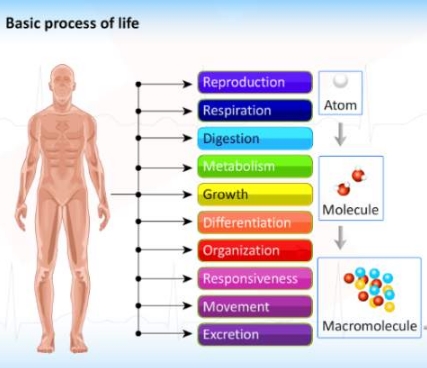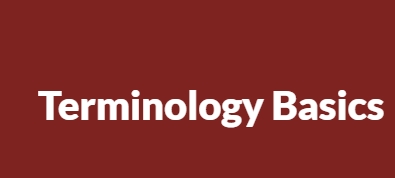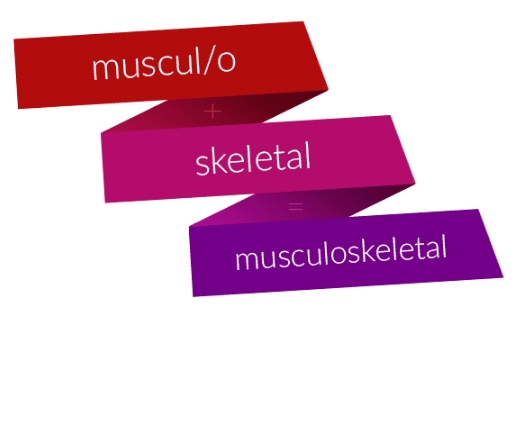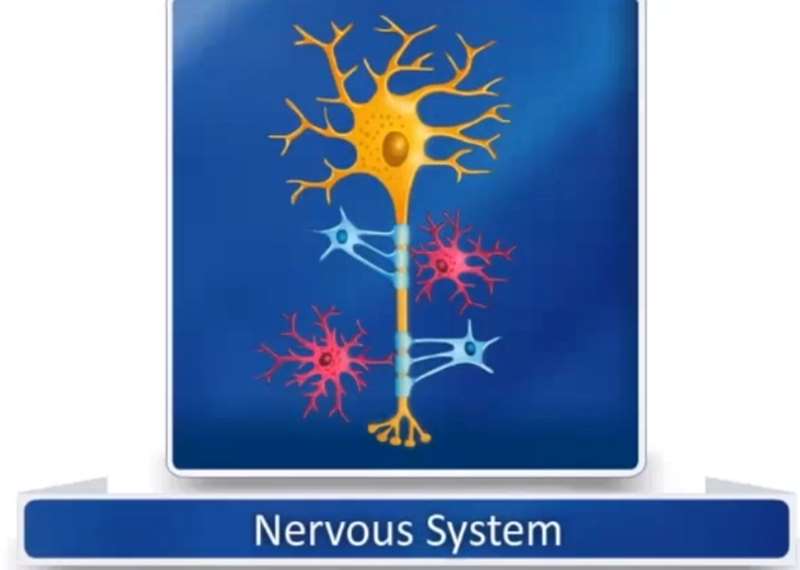About this course
Healthcare and medical professions have their own vocabulary, a specialised language that allows for quick and efficient communication between its members while minimising potential misunderstandings. Whether you are new to the medical profession or need a refresher class, we have a medical terminology course that will give you the boost you are looking for to further your career! In this course, we will cover the medical language and terminology used by healthcare professionals everywhere (in this specific subject area). If you’re interested in pursuing a health career and need the ability to communicate with medical professionals, you will find this course a perfect fit by providing you with a solid foundation in medical language.
This course forms one (subject-specific) module of our comprehensive "Medical Terminology" programme (which is comprised of 17 subject modules in total). The full programme is recommended if you require an extensive primer in various core aspects of medical terminology.
Lesson Objectives
- Identify the organs and structures of the nervous system; describe their location and functions.
- Specify disease and disorder terminology related to the brain, central nervous system, and peripheral nervous system.
- Interpret abbreviations, combining forms, prefixes, and suffixes for the nervous system.
- List and explain clinical and surgical procedures as well as laboratory tests for the nervous system.
- Define common symptoms and diagnoses associated with behavioral health.
- Recognize abbreviations that pertain to behavioral health.
- Identify classifications of disorders pertaining to behavioral health.
- Match tests and procedures used to diagnose behavioral health disorders.
- Identify medications commonly used for nervous system disorders as well as behavioral health conditions.
Content
- 8.0 Nervous System Video
- 8.1 Anatomy of the Central Nervous System
- 8.2 Cerebrum
- 8.3 Frontal Lobe
- 8.4 Parietal Lobe
- 8.5 Temporal Lobe
- 8.6 Corpus Callosum
- 8.7 Thalamus
- 8.8 Hypothalamus
- 8.9 Ventricles
- 8.10 Brainstem
- 8.11 Cerebellum
- 8.12 Meninges
- 8.13 Spinal Cord
- 8.14 Nerves and How They Behave
- 8.15 Functions of the Nervous System
- 8.16 Organization
- 8.17 Somatic Nervous System
- 8.18 The Cranial Nerves
- 8.19 The Spinal Nerves
- 8.20 Organization and Roles
- 8.21 Sympathetic Division
- 8.22 Parasympathetic Nervous System
- 8.23 Nervous System Terminology (A-B)
- 8.24 Nervous System Terminology (C-D)
- 8.25 Nervous System Terminology (E-G)
- 8.26 Nervous System Terminology (H-L)
- 8.27 Nervous System Terminology (M-N)
- 8.28 Nervous System Terminology (O-R)
- 8.29 Nervous System Terminology (S)
- 8.30 Nervous System Terminology (T-V)
- 8.31 Chapter 8 Activity 1
- 8.32 Prefixes and Suffixes for Nervous System
- 8.33 Chapter 8 Quiz 1
- 8.34 Psychiatry Video
- 8.35 Behavioral Health
- 8.36 Anatomy of the Mind
- 8.37 Physiology of the Mind
- 8.38 Thalamus
- 8.39 Hypothalamus
- 8.40 Fornix
- 8.41 Amygdaloid Bodies
- 8.42 Frontal Lobe
- 8.43 Emotions and Behaviors
- 8.44 Multiaxial Assessment Classifications
- 8.45 Personality Tests
- 8.46 Intelligence Tests
- 8.47 Neuropsychological Tests
- 8.48 Chapter 8 Activity 2
- 8.49 Projective Tests
- 8.50 Antianxiety Agents
- 8.51 Antipsychotic Medications
- 8.52 Antidepressants
- 8.53 Psychiatry Terminology (A-C)
- 8.54 Psychiatry Terminology (D-G)
- 8.55 Psychiatry Terminology (H-M)
- 8.56 Psychiatry Terminology (N-P)
- 8.57 Psychiatry Terminology (R-Z)
- 8.58 Chapter 8 Quiz 2
- 8.59 Prefixes, Suffixes & Combining Forms for Psychiatry
- 8.60 Abbreviations for Psychiatry
- 8.61 Chapter Review
- 8.62 Chapter 8 Test
- 8.63 Nervous System Chapter Survey





